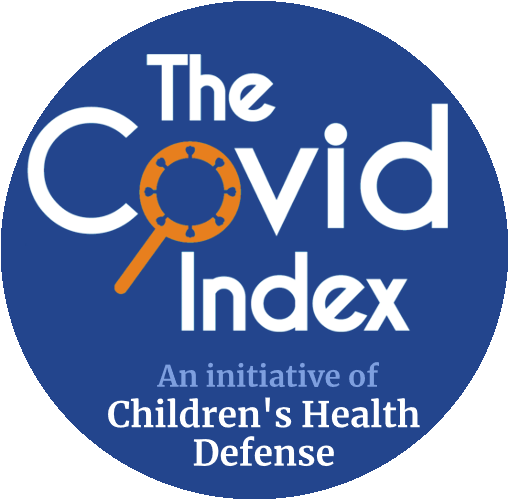Shaw is a "Professor of Ophthalmology and Visual Sciences, Graduate Program in Neuroscience, Program in Experimental Medicine, Department of Pathology, University of British Columbia."
"Unanswered Questions Remain
... In this essay, I will try to fill in some of the answers to questions such as: Where and how did COVID-19 really originate, particularly was it a natural virus or one modified by researchers as a gain of function (GOF) manipulation? What is the actual pathophysiology of the disease, including impacts on the CNS? What are the age, sex, national and ethnic demographics of COVID-19 infection? What are the real numbers, a question that ties directly to the question of ways to test for the virus and/or the surrogate markers of prior infection? How many really died in China versus the US? And why have COVID-19 deaths not had a major impact on refugees in various camps? How effective were and are measures taken by various medical authorities, e.g., masks, social distancing, lockdowns, etc.? In the following sections, I will take these on one at a time where answers are known...
Testing protocols
PCR: Most jurisdictions around the world have been using variants of testing by polymerase chain reaction (PCR) to determine if someone is infected with COVID-19. In this approach, a researcher can take a very small sample of genetic material, for example from a virus in an infected person’s nasal pathways, and run this through a series of chemical steps in a device termed a thermal cycler....
In order to detect a RNA nucleotide sequence, for example that which gives the spike protein of COVID-19, multiple amplification cycles are typically undertaken. The threshold for detecting viral RNA that might be from infectious viruses is called the cycle threshold or 'Ct.' Typically, researchers use 25 to 35 cycles. Going toward the higher end and beyond increases the risk of rejecting a true null hypothesis, that is, of getting a false positive answer, finding a 'case' where none exists...
The authors [of Jaafar et al.] compared active [Sars-CoV-2] virus recovery from cell culture experiments compared to the Ct at which the samples were retrieved. At 25 cycles, the real positive rate was 70%; at a Ct of 30 it was down to 20%; at 35 cycles it was less than 3%. This means that running at 35 cycles, the false positive rate is about 97%...
Efficacy Data Claimed But Not Published
The truth is that we won’t be able to independently review the efficacy data until they are provided in peer-reviewed publications, ideally with raw data supplied."
Copyright (c) 2021 Christopher A. Shaw
If material is quoted or reprinted, users are asked to give credit to the source/author and to conform to the non-commercial, no derivatives, requirements of the Creative Commons License 4.0 NC ND.
